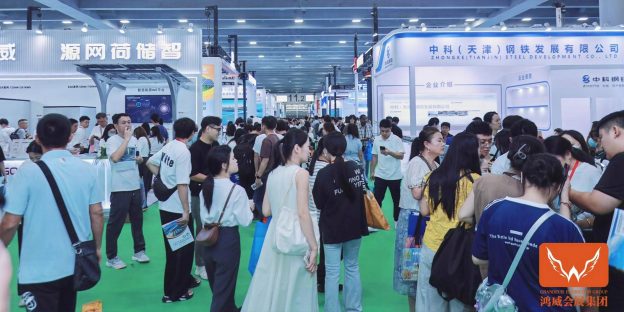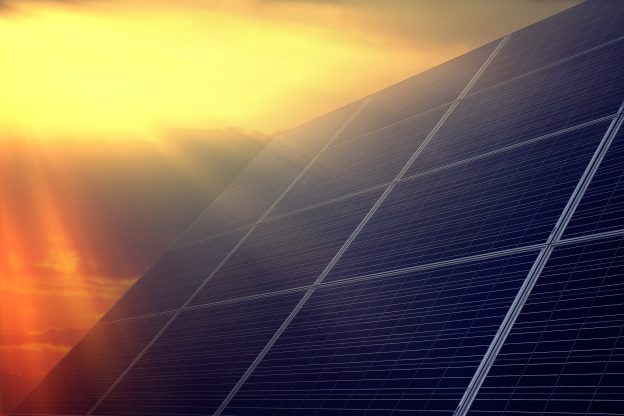The floating photovoltaics, according to the World Bank’s report, has come a very long way. The first floating solar energy was built in Japan in 2007. Soon countries like France, Italy, South Korea, Spain, and the U.S. all followed suit and tested with their own installations of smaller scales, which are mainly for research and demonstration.

Image by torstensimon from Pixabay
The very first commercialized floating PV system has come into existence atop a water reservoir near a winery in California in 2008 because the land was thought to be better used for grape cultivation.
The floating PV systems of capacity larger than 1 MWp were emerging in 2013. Then the technology started to gain traction in countries such as China (now the most dominant player in the floating photovoltaics), Japan, Korea, the U.S. as well as many parts of South East Asia and Europe. Countries in the Middle East, Central Asia, Africa, South America are also considering to adopt this new technology.
Why floating solar energy is gaining momentum
Contrary to people’s expectations of seeing solar arrays occupying numerous acres of lands which could be of agricultural use, floating photovoltaics does not take up any terrestrial space. This feature alone has endeared this technology to countries with a huge population and/or scarce lands, such as China, India, the Netherlands. However, the advantages of floating solar do not simply stop there.
The technology does not need a lot of site preparation as land-based installations do. It can also utilize the existing electricity transmission without having to construct more complementary facilities. Provided the sites do not require much anchoring or mooring, the installation is easy and fast. Its proximity to water, which is a natural coolant, optimizes the yield of solar power performance. Being atop a water body also helps to reduce the presence of the shades, soil, and, in turn, the solar panel damages that follow the shading and soiling.
Just like agrivoltaics, solar modules are not the sole beneficiary of this arrangement. The water bodies with floating solar installations can also benefit from a lower evaporation rate and better water quality.
Professor Eicke Weber from UC Berkeley and BEARS (Singapore) has declared in a keynote speech at the 2017 International Floating Solar Symposium that “more water evaporates from reservoirs than is consumed by humans”. Given how much money and effort go into treating the water, it is such a waste to have the clean water to literally disappear into the thin air, not to mention the cost incurred to treat the water that nobody is going to drink.
Floating photovoltaics could help control the evaporation. The floating solar arrays could provide natural shading to the water bodies, which reduces the water temperature, thus, the evaporation effects.
Water quality can be improved via less algae growth. The presence of the floating solar energy can control the algae growth to an amount that is healthier for the water ecosystem. Excessive algae growth is also responsible for the filter clogging of the commercial water bodies. By limiting the algae growth through the floating PV system, the cost of maintenance and repairs of the filers can be reduced as well.
The challenges of the floating solar
While the scale of the floating solar installations is getting bigger, such a design is not without its shortcomings. According to the World Bank’s Report, since floating solar energy is relatively new, it does not possess a reliable track record. Nor can its performance and efficiency be guaranteed. There is also uncertainty surrounding its impact on the environment.
There are also several technical intricacies regarding aquatic operations. REC Group, the Norwegian solar powerhouse, has discussed the complexities in great detail in its 2018 report. Floating solar energy essentially generates electricity on top of the water, which can be a dangerous combination. Cable management should be carried out with extreme care so that electricity leakage or performance decline can be avoided.
Operation and Maintenance (O&M) should be central to the floating PV design due to its acute proximity to water. Most of the floating solar power structures are made of metal. Corrosion and moisture-related degradation are issues that must be addressed. The constant movement of the water also increases the stress of the metallic installation, which makes O&M all the more vital.
Sources:







